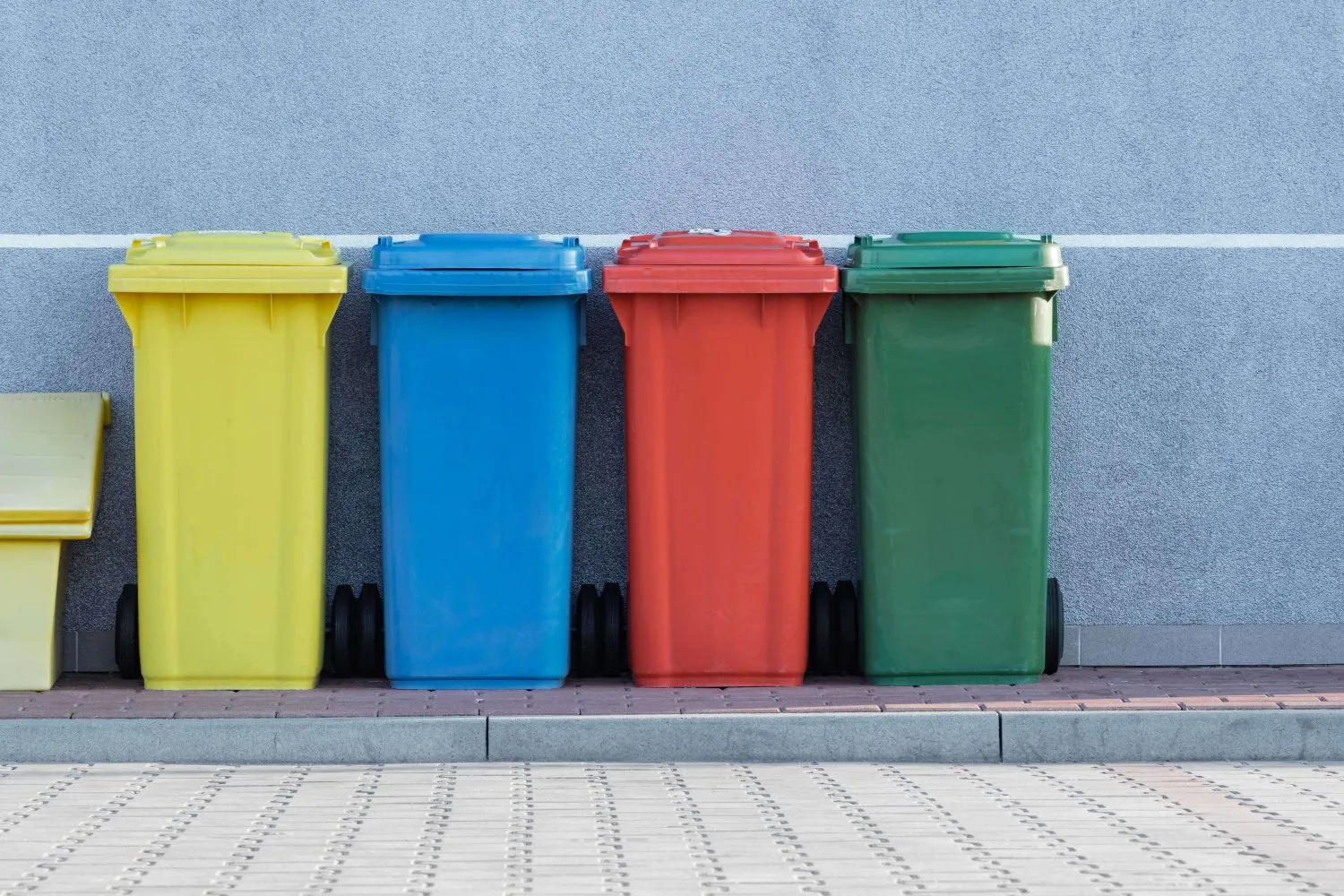The idea of using recycling bins to indicate the type of waste being deposited into each bin might seem like a no-brainer, but it’s important to remember that this is not always the case. In this article, we’ll discuss how these bins are changing the way we think about waste management in our cities.
Introducing color-coded bins for waste management
With the increasing awareness of climate change, many municipalities are looking for more sustainable waste management solutions. One such solution is color-coded bins for sorting recyclable materials.
This system allows residents to easily identify which bin to put their recyclable materials in. This decreases the amount of waste that needs to be sent to the landfill, and it also helps to promote recycling.
The benefits of using color-coded bins for waste management are clear. By making it easier for residents to recycle, we can help reduce our reliance on landfill, and we can also help protect our environment.
The effect of the system on improving recycling, reducing waste, and attracting new visitors
The use of color-coded bins has been shown to improve recycling rates by up to 50%. The system also encourages people to think about waste in a different way, and it has also been proven to reduce the amount of waste produced. In addition, the new system has had a positive effect on attracting new visitors to the recycling center.
The effect on the environment
As the world becomes more technologically advanced, people are increasingly turning to technology to help them live greener life. One of the most common ways this is done is by using color-coded bins to help people better understand how much waste they are generating and where it should go.
Waste segregation has always been important in order to reduce pollution and protect the environment, but until recently, it wasn’t always easy for people to follow these guidelines. With color-coded bins, however, it has become much easier for people to sort their waste into different categories and make sure that it is properly disposed of.
In fact, according to a study published in the journal Landfill Gas & Waste Management, color-coded bins can have a significant impact on environmental awareness and waste segregation. The study found that when households were provided with bin stickers that identified each bin with one of five colors (blue, green, yellow, orange, or red), the percentage of households who correctly sorted their waste increased from 50% to 71%.
This increase in awareness can have a number of benefits for the environment. For example, it can help people understand how much waste they are generating and where it should go. It
Challenges and improvements to come
In an effort to become more environmentally friendly, many municipalities are mandating the use of color-coded bins in order to segregate garbage based on its type. While this system is effective in helping people identify and dispose of waste correctly, there are still some challenges that need to be addressed.
For one, the bins themselves can be cumbersome to carry around. Additionally, people may not always follow the color-coding system, leading to mixed-up garbage cans. In some cases, this can even lead to hazardous waste being disposed of with regular trash. To combat these issues, municipalities could make the bins smaller and easier to transport, as well as provide more signage directing people on how to properly use them.
There are also a number of improvements that can be made when it comes to sorting and disposing of waste. For example, microbeads have become a big environmental concern in recent years due to their tiny size and potential toxicity. There has been a proposal made in California for a ban on all microbeads, which would mean that all products containing them would have to be replaced. Municipalities could help facilitate this by requiring manufacturers to include alternative methods of disposal for microbeads in their products
Conclusion
As more and more of us start to embrace a sustainable lifestyle, we are starting to rethink the way we waste products. Color-coded bins have become a popular way to help people recycle their materials in an organized way, and they’re also helping to reduce the amount of trash that ends up in landfills. If you’re looking for ways to reduce your environmental impact, consider using color-coded bins as part of your waste management strategy.

